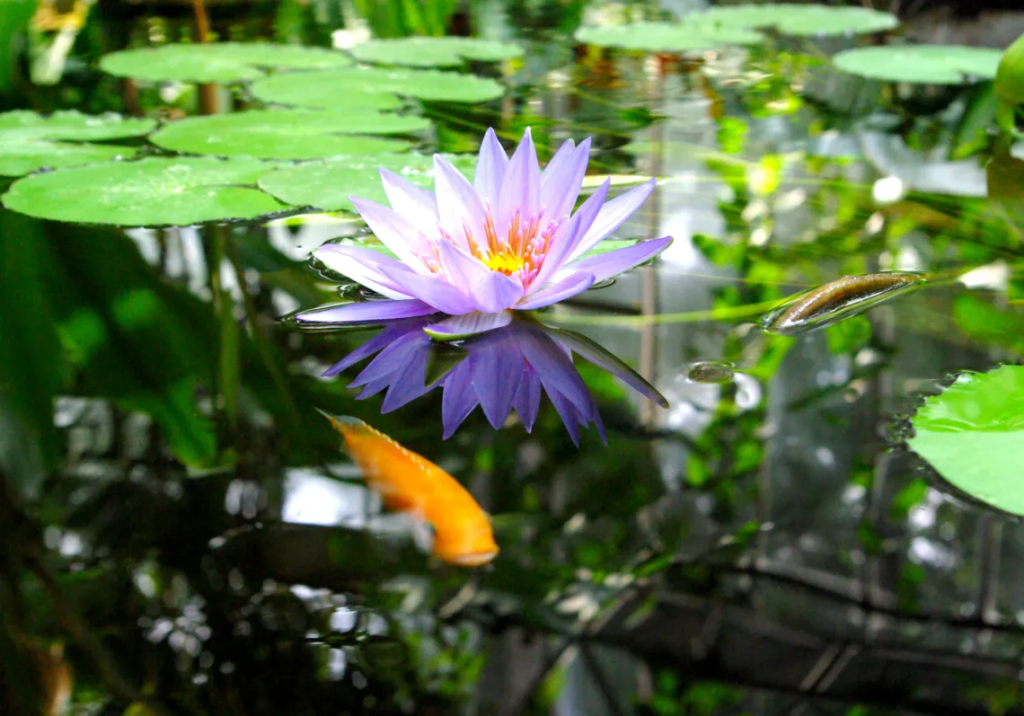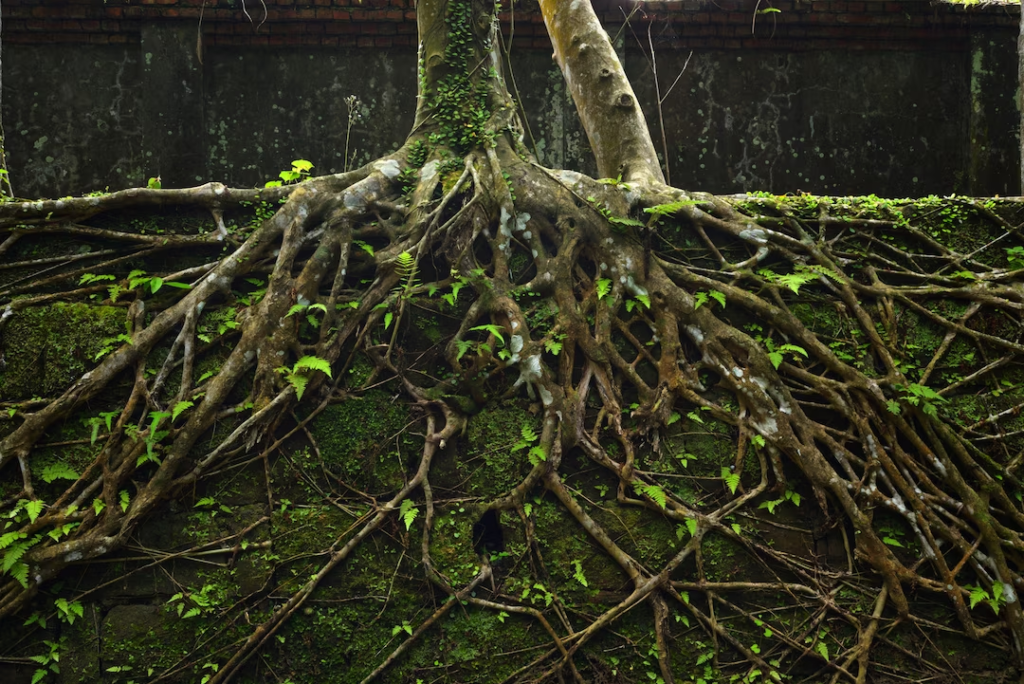Water Plants
Key Notes :
Definition:
Water plants are plants that live in or around water. They can be found in ponds, lakes, rivers, and wetlands.
Types of Water Plants:
Floating Plants:

- These plants float on the surface of the water. Examples include water lilies and duckweed.
Submerged Plants:

- These plants grow completely underwater. Examples include eelgrass and pondweed.
Emergent Plants:

- These plants grow with their roots in the water but their stems and leaves above the water. Examples include cattails and bulrushes.
Parts of Water Plants:
Roots:

- Anchor the plant in the water and help absorb nutrients.
Leaves:

- Float on the water surface or stick out of the water to capture sunlight.
Stems:

- Support the plant and can be flexible to move with the water.
Adaptations:
- Floating Leaves: Some plants have broad, flat leaves that help them float on water.
- Air Spaces: Many water plants have air spaces in their stems or leaves to help them stay afloat.
- Root Structures: Water plants often have special root systems that allow them to anchor firmly in the soft, muddy bottom.
Importance of Water Plants:
- Habitat: Provide shelter and food for aquatic animals like fish and insects.
- Oxygen: Produce oxygen through photosynthesis, which is essential for fish and other aquatic life.
- Water Quality: Help keep water clean by absorbing excess nutrients and pollutants.
Fun Fact:
Some water plants, like the water lily, have beautiful flowers that bloom on the surface of the water, adding color and beauty to their surroundings.
Let’s practice!

